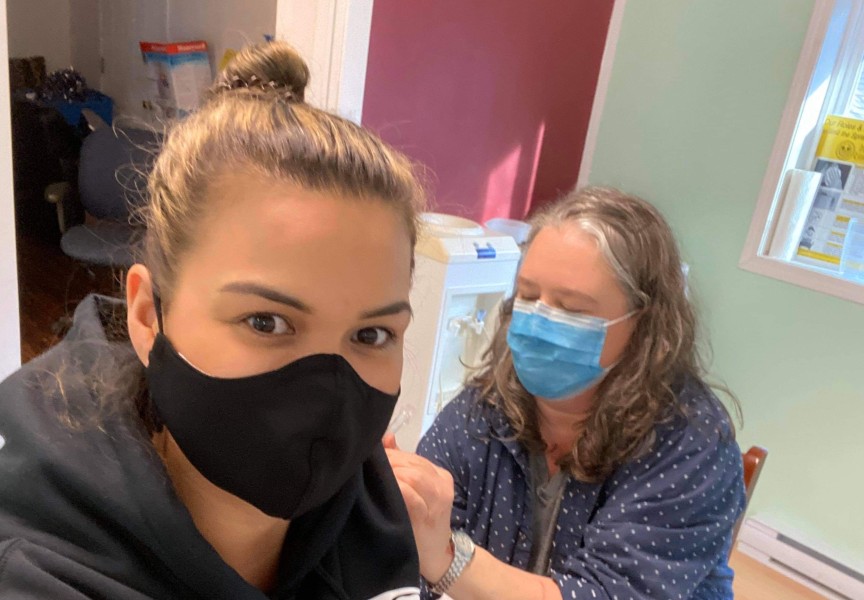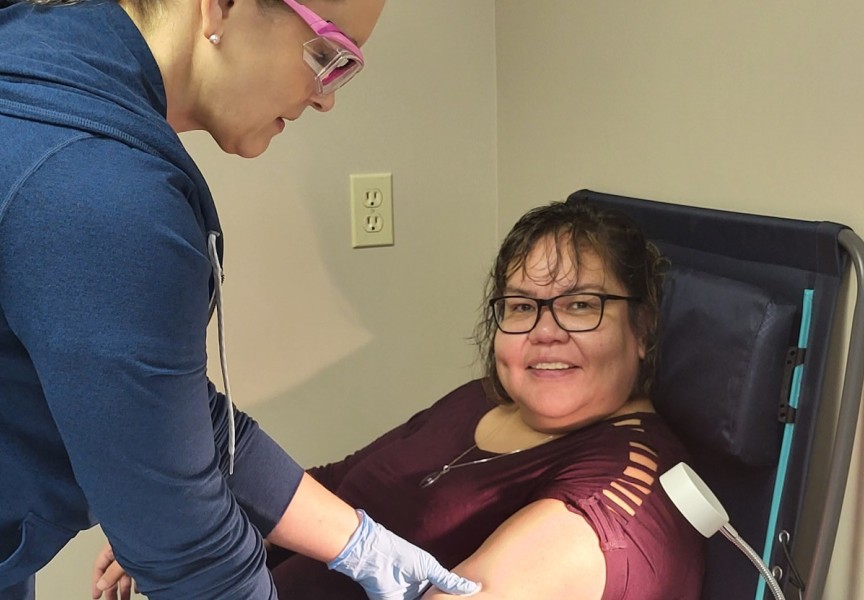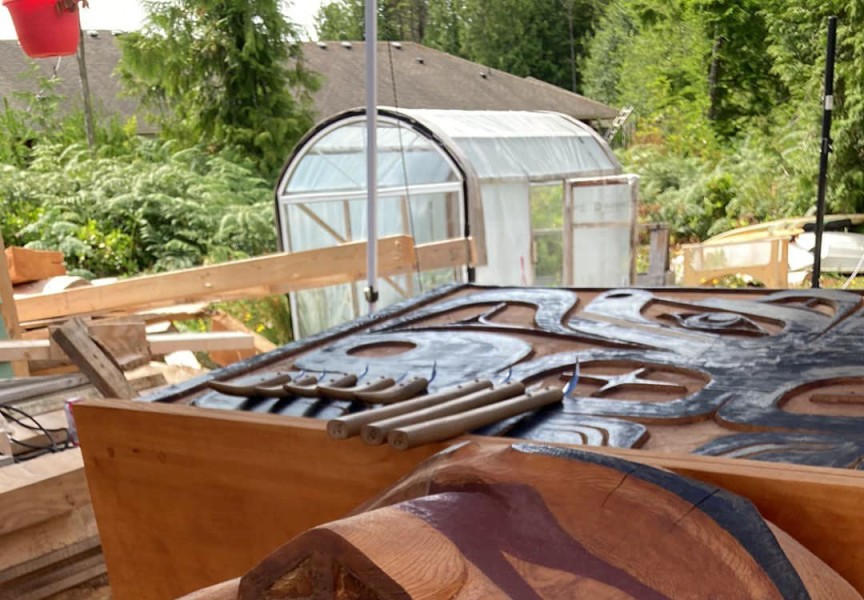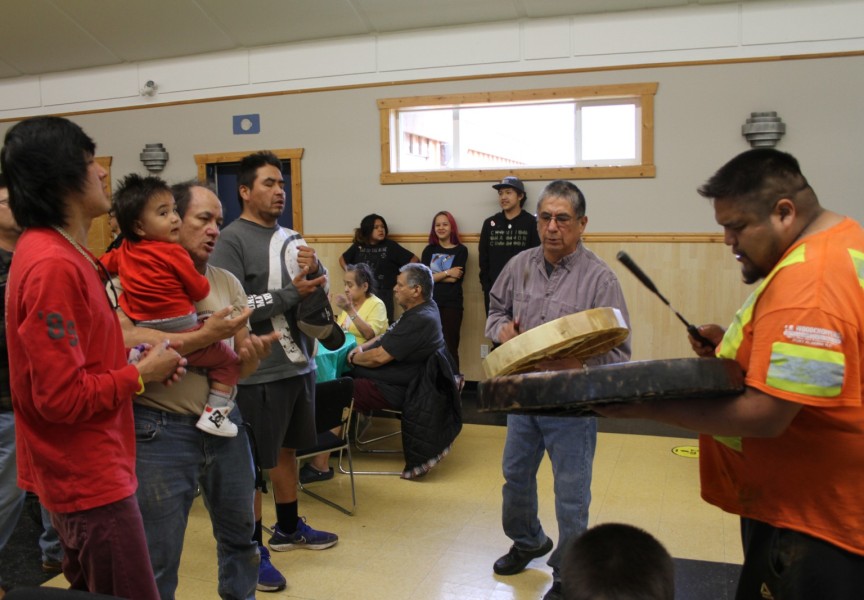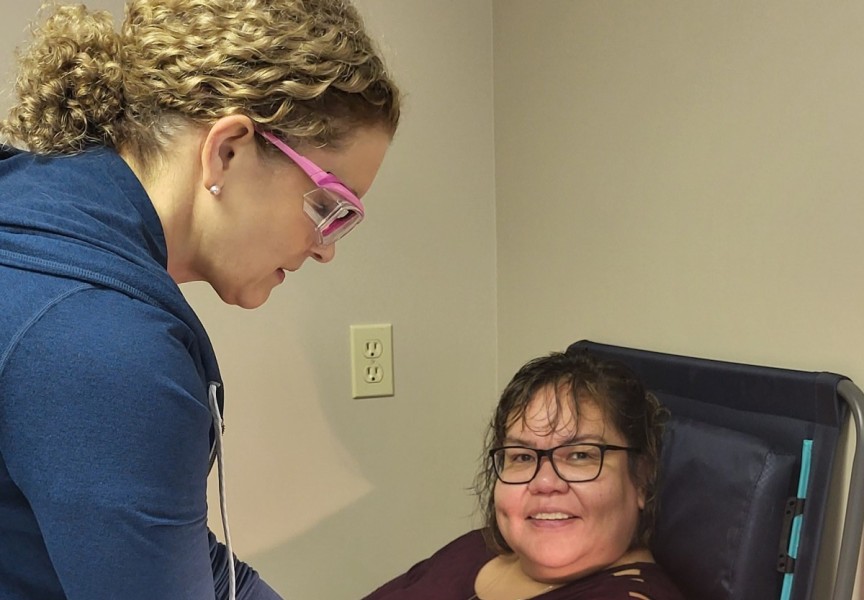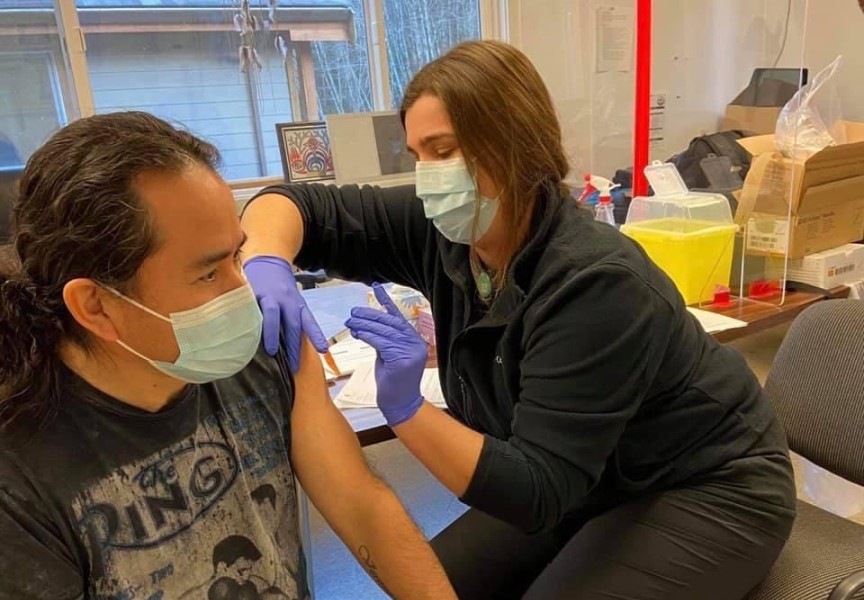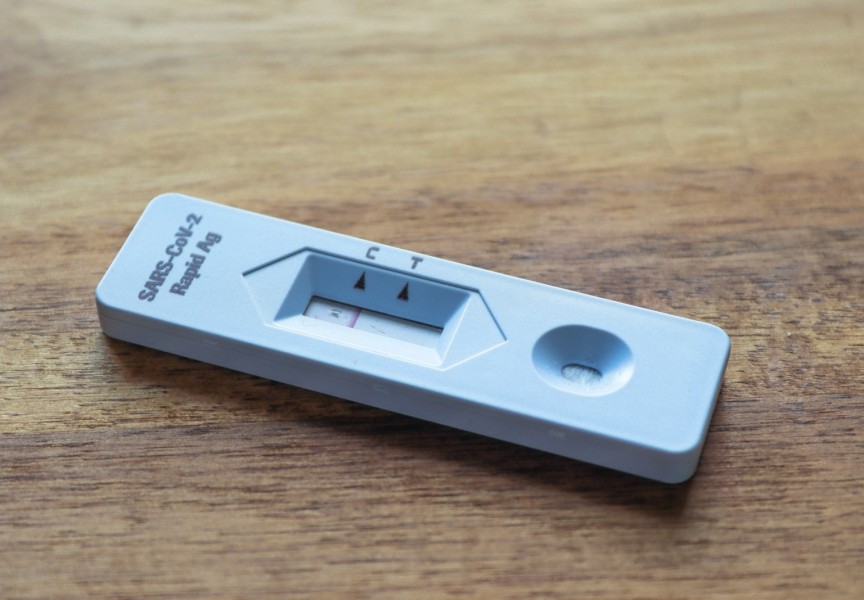British Columbia will be lifting many of its COVID-19 restrictions on July 1 as the province moves into stepp three of its restart plan.
After the longest public health emergency in Canadian history, Premier John Horgan announced on Tuesday that he believes it’s safe to take the next step.
“That means we can go and cheer for our kids at the soccer game in the arena – in the gymnasium, we can go to a friend's place for dinner, we can plan that wedding, we can go to the theatre, we can go to a concert, we can engage again,” he said.
Over 78 per cent of people aged 18 and older have received their first dose of a COVID-19 vaccine in B.C., and over one third of adults have received their second, said Provincial Health Officer Bonnie Henry.
“Because of the efforts of people in B.C., we continue to see a significant decline in new cases of COVID-19, hospitalizations, and deaths as the number of people who are fully immunized goes up,” Henry said, in a release. “Public health teams throughout the province are closely watching the case data to ensure we maintain this positive momentum as we safely and gradually move into step three of our restart plan.”
On Tuesday, the province reported 29 new cases of COVID-19, for a total of 147,578 cases in British Columbia.
With the lowered level of risk, Henry said that mask wearing will no longer be a directive but is recommended in all indoor public spaces for people aged 12 and older who are not yet fully immunized.
“There’s no need for people to provide proof of vaccination,” said Henry. “We know that most people in British Columbia are doing the right thing.”
The transition to step three means the province will be welcoming Canadian travellers again, indoor and outdoor personal gatherings will return to normal, there will be a maximum capacity for indoor organized gatherings of 50 people, or up to 50 per cent of a venue’s total capacity, sports and exercise facilities will return to normal, and casinos and nightclubs will reopen with limited capacity.
Moving forward, businesses will set-out new communicable disease plans, following the guidelines released by WorkSafeBC on June 28.
Considering the province’s reopening, Tla-o-qui-aht First Nation removed their safety check point at Ty-Histanis.
With the majority of their membership fully vaccinated, Jim Chisholm, Tla-o-qui-aht First Nation tribal administrator, said the nation has come out of the pandemic feeling “encouraged.”
“People feel a bit a sense of relief that we're progressing as a province and as a community,” he said. “When we were in the early stages of COVID-19 restrictions, families couldn’t see each other. Our communities are very family-oriented and that was very hard. It was mentally draining on people. I think there’s a bit of a relief now that families can get back together.”
Another driving factor in removing the checkpoint were the associated costs of employing full-time workers to operate it, said Chisholm.
While Chisholm said the nation feels optimistic by the lifting of restrictions, there are still concerns about its younger membership who have not yet received both doses of a vaccine, along with their elders who are more vulnerable to the COVID-19 variants.
“It's the youth and the kids that still pose a bit of a concern, but I understand we’re starting to move in the direction of getting everybody inoculated,” he said.
As the province transitions to step three, Henry said, “we’re not out of the woods” and that they will continue to monitor which strains of the virus people are being infected with.
“This is a significant transition for all of us,” Henry and Health Minister Adrian Dix said in a joint release. “We encourage everyone to be respectful of others who may be moving at a slower pace, as we take this next step forward to put the COVID-19 pandemic behind us and make this a summer of hope and rejuvenation.”


